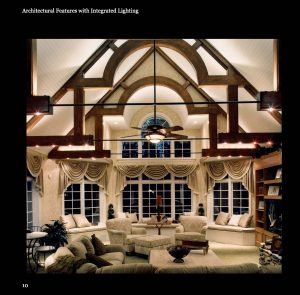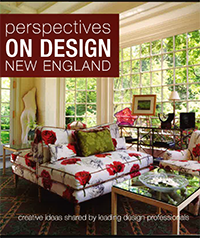What is “Layering of Light”?

Lighting techniques should create a timeless lighting design style that is both, importantly, beautiful and functional. The term “layering of light” has been in my vocabulary since the very beginning of our professional status, and still stands.
What does “layering of light” actually mean and why is it appropriate in lighting design? As always stated, inspiration for my lighting design techniques come from nature. Layering of light is seen everywhere. Sunlight, moonlight, sunsets, sunrises, shadows, warm light, cool light, cloudy diffuse light, grey light, reflection, and refraction are all part of the natural lighting we are exposed to each day.
Spaces need to be first visualized, and then lighting effects for various ambiances are to be created. Light layering is the most natural and comfortable lighting design effect. It requires skill and comprehensive understanding of the properties of light sources, as well as luminaire design how it manipulates light. An accomplished lighting designer knows requirements are that needed for an outstanding, effective lighting design.
From the above mentioned natural lighting effects, cloudy diffuse and grey lighting are the least appealing. We all know how we feel under that type of light. Generally, lighting design with various color, direction and intensity is the most appealing for an overall sense of well-being in the space. The best lighting replicates natural lighting effects, but does not totally dismiss the least appealing ( like a cloudy day- diffuse lighting) in order to address various needs in the space, such as vanity lighting, that is best using uniform, diffuse light levels.
The layering technique provides lighting for general use activities, relaxing/meditating, reading, desk work, computer/tablet viewing, and for specific tasks such as cleaning and cooking, that need higher light levels. All of these need to be considered for each area to provide the right type of lighting, when needed. I need to stress the “when needed”. For instance, while at a computer, you want diffuse lighting, not direct lighting on the monitor, but on the desktop, you want direct lighting for the right light levels, based on materials being looked at and how you are actually feeling at the time. (Headache, fatigue today?- you may want lower lighting!)
This is not to mention the important need for changing light level needs as we age. Clients should understand that having a lighting design that can accommodate near future needs for lighting changes, is the smart way to design. For instance, the yellowing of our eyes’ corneas and normal wear and tear increases our need for brighter light levels as we age, with decreased glare. Controls for light levels to be adjusted is required. Luminaires should not be used at their highest levels typically- only as needed (cleaning; looking for that dropped contact lens, etc!) Dimming lighting also uses less wattage and also prolongs the life of the light source, possibly up to twenty times, based on the amount of dimming.
Having control over lighting in a space is key to the most comfortable space overall. Comfort is having lighting where you need it , when you need it, and at the intensity you need, at the time. Of course, glare and good color rendering index is always to be included and addressed by the lighting designer by strategically selecting luminaires that address these issues.
To recap, a “layering of lighting” technique is not just a term for aesthetics, as many interpret it to be, but is a standard for quality lighting design, where the layering effects are providing lighting for every anticipated need and ambiance.





